How To Grow Sage Indoors: Tips, Tricks & Step-by-Step Guide
-
Pete Ortiz
- Last updated:
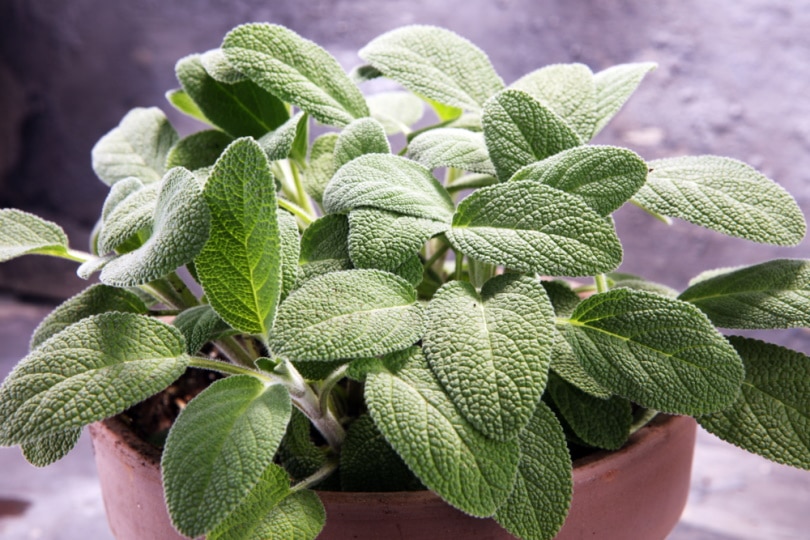
Sage is a stunning herb with aromatherapeutic properties and a delicious taste, so many people like to grow it. Still, most people think that sage can only be grown outdoors, which is not true. If your home meets all requirements this plant needs, it can easily be grown indoors!
We wanted to shed more light on this topic, so check out the rest of the article to learn useful tips and tricks on how to grow sage indoors.
Best Sage Species to Grow Indoors
Although most sage species can grow indoors, some are more suitable for indoor conditions than others, including:
- Golden Sage: It’s known for its leaves with golden tips, and it has the same aromatic and taste properties as garden sage.
- Garden Sage: You can use the leaves of garden sage to help with various health issues.
- Purple Sage: You can use the leaves of purple sage as a medicine for colds and bites.
- Berggarten: A stunning ornamental sage species that also has a tasty flavor people love.
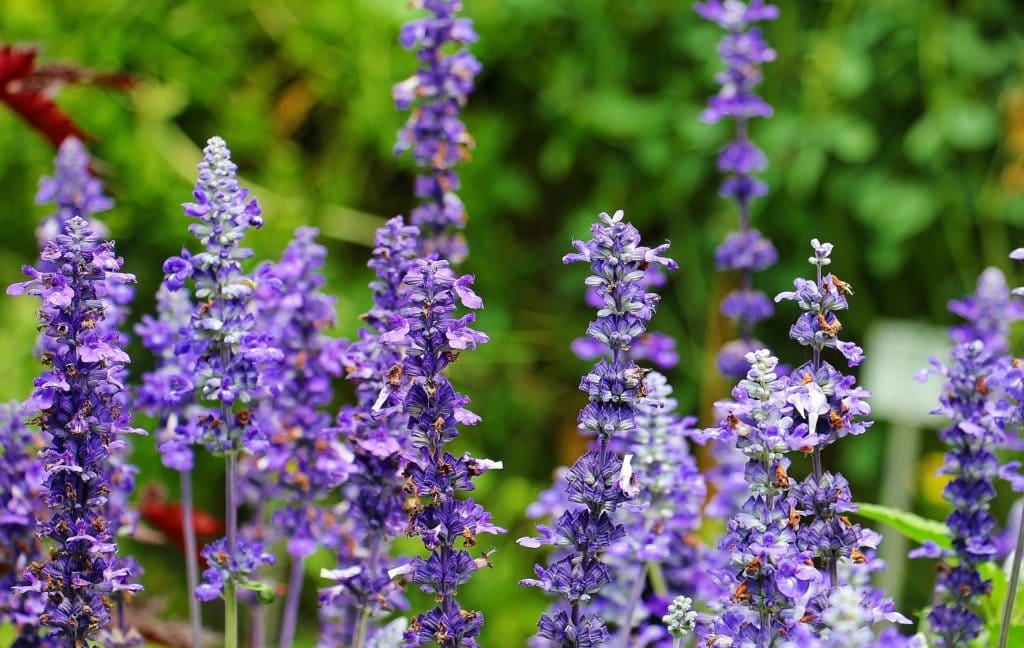
What Do I Need to Grow Sage Indoors?
Before growing sage indoors, there are some supplies you’ll need to make the growing process successful:
- Containers
- Growth media
- Plants or seeds
The Perfect Conditions for Growing Sage Indoors
Sage is a pretty hardy plant, so it doesn’t need much to grow. However, certain conditions will help your sage plant thrive. One of the most important factors for successful sage plants is to provide them with enough light. Sage plants need 6 hours of full sun to grow properly.
The second thing you will need to pay attention to is watering. Sage is not a big fan of wet conditions, so you need to be careful and not overwater it. Another thing to consider is the temperature of your home. Sage plants love warm weather, and they will thrive in temperatures from 60°F to 80°F.
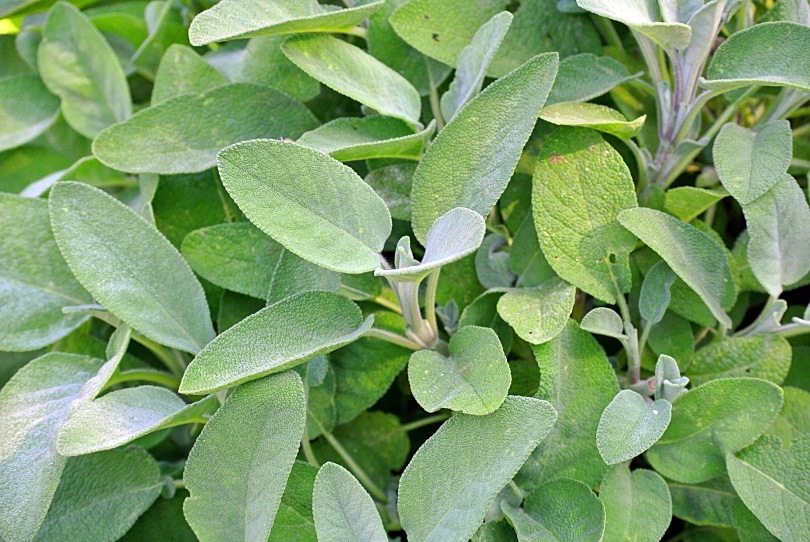
| Water requirements | Water only when the soil begins to dry out |
| Soil requirements | Well-drained, moist soil |
| Light needs | Bright light, 6 hours of direct sunlight |
These are some of the best tips for growing sage indoors:
- Keep the sage plant next to a window so that it can get enough sunlight to thrive
- Only water plants when you notice that the soil is dry
- Try to avoid getting water on the leaves when watering
- Regularly check the plant for diseases
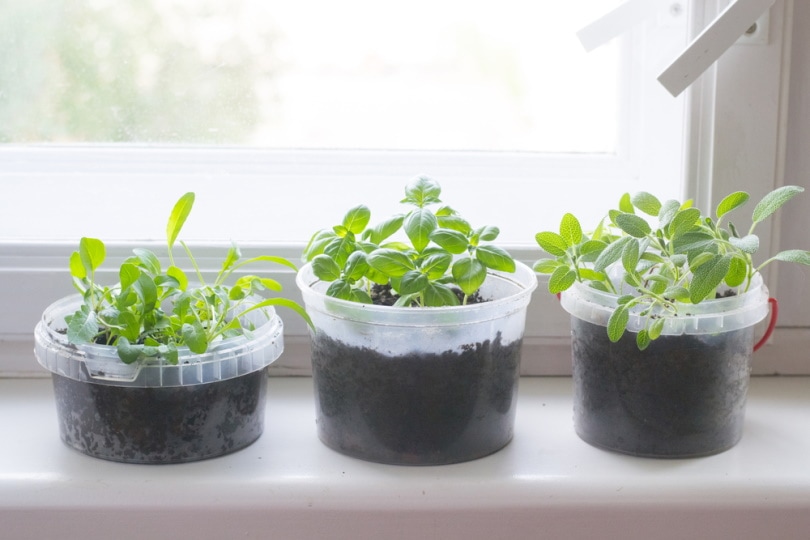
How to Plant Sage Indoors?
There are a couple of different ways you can plant sage:
- From seed: If you decide to plant sage from seeds, you’ll first need to add adequate soil to a container and then sprinkle the seeds on the soil. You should lightly cover them with dirt but keep the soil moist. Once they sprout, choose the strongest one that you’ll later place into a new container.
- From seedlings: You can purchase seedlings and plant them in a container, making sure that the soil is covering their roots. Once the plant is set, simply add more soil and press the base firmly to ensure that no air will be able to reach the roots.
- From cuttings of a mature plant: If you already have a mature sage plant in your home, you can use it to grow new sage plants. To do that, you simply find a node on the sage plant and cut right above it to get a 4-inch-long cutting. After cutting, place it in rooting hormone and then plant in moist, well-drained soil.
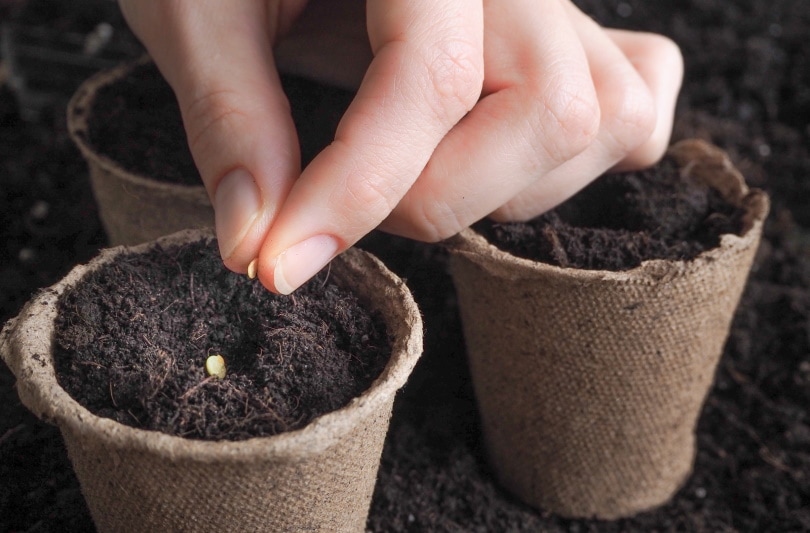
Sage Plant Maintenance
Sage plants don’t require much maintenance, but there are things to pay attention to. They can be prone to mildew, so you should keep an eye on your plants during hot months when the environment gets humid. If your sage sits in too much water its roots will begin to rot, and the whole plant could easily die.
To help the plants, you can increase the air circulation in your home, allowing them to release excess water. It’s best to be careful when watering sage and only to do it when you notice that the soil is parched.
Harvesting sage
When it comes to harvesting indoor sage, you should keep it to a minimum for the first year. After the first year passes, frequent harvesting is recommended to encourage new leaves to grow. Still, when harvesting sage, never take more than ⅓ of the plant’s leaves to ensure adequate growth.
The best time to harvest sage is from spring to summer, although you can do it any time of the year when you plant it indoors.
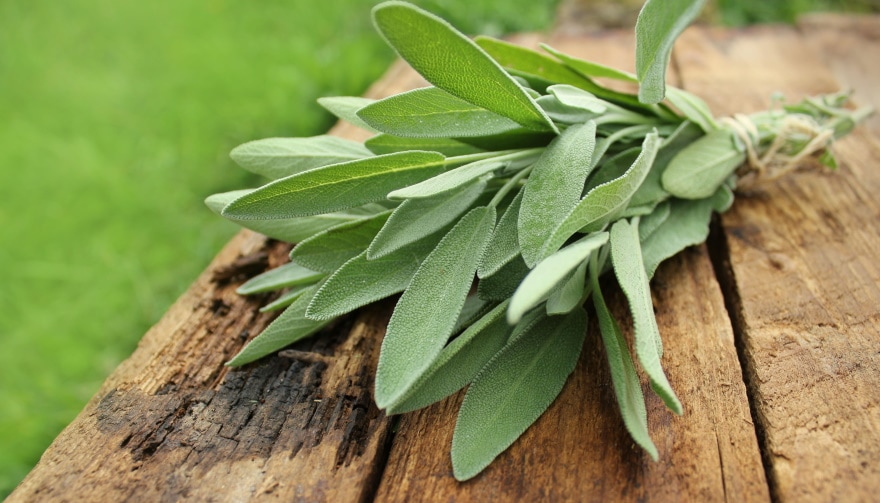
Conclusion
Although sage might seem complicated to grow indoors, the truth is that it’s not too difficult. As long as you’re caring and provide the plant with enough sunlight and water, it will thrive in indoor conditions. Don’t be afraid to plant sage indoors—simply choose a planting method and you’ll have tasty herbs in your home in no time.
- “Care Of Potted Sage Herbs – How To Grow Sage Plant Indoors”
- “How to grow sage indoors”
- “Grow sage indoors: Supplies, methods, and tips”
- “Growing sage plant indoors”
- “What you need to know about planting, growing, and harvesting sage”
- “Everything you need to know about growing sage”
- “Start growing sage indoors”
- “How to grow sage indoors”
- “How to grow sage indoors from seed”
Featured Image Credit: beats1, Shutterstock
Contents


